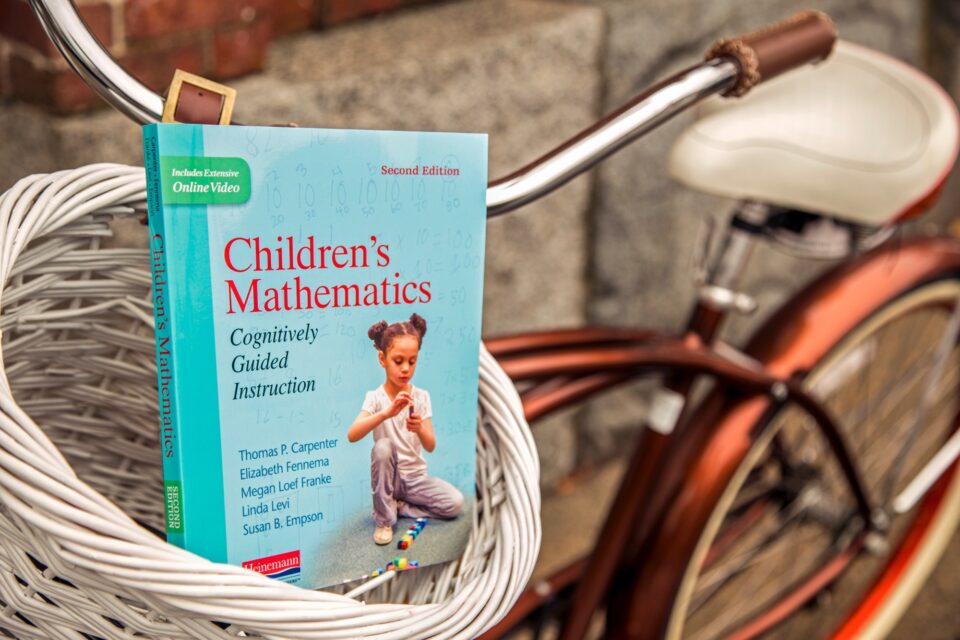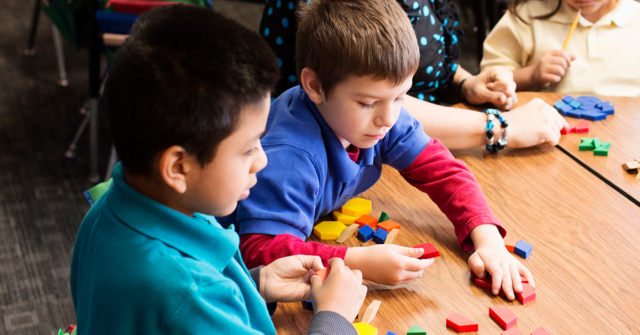
The bestselling first edition of Children’s Mathematics helped hundreds of thousands of teachers understand children’s intuitive mathematical thinking and use that knowledge to help children learn mathematics with understanding. The highly anticipated Second Edition provides new insights about Cognitively Guided Instruction (CGI) based on the authors’ research and experience in CGI classrooms over the last 15 years. In today's blog, co-author Linda Levi explains her experiences with CGI.
New blog series: Take a deep dive into the Standards for Mathematical Practice with Sue O'Connell, Steve Leinwand, Pamela Weber Harris and other math leaders. Click here for more details.
How CGI changed my understanding of understanding
Written by Linda Levi
Teaching math for understanding has always been important to me. I have always believed that a conceptual understanding of mathematics was essential in empowering my students and preparing them for future math experiences. Over the twenty-five years that Cognitively Guided Instruction (CGI) had been the focus of my work, my understanding of understanding has changed drastically.
Before CGI, I was very careful when I explained concepts or procedures, linking them to models whenever possible. I asked many questions to make sure my students were following. When students weren’t following, I talked with other teachers, read other textbooks, and read journals for math teachers in hopes of getting new ideas on how I might better explain things. I kept a pad of paper next to my bed so that if I woke in the middle of the night and thought of a different way to explain something, I could jot it down before I forgot.
Before CGI, teaching for understanding meant supporting my students in following the concepts or procedures I showed them. It was my job to explain carefully and ask questions to see whether they were following my explanations.
I will always remember the first CGI classroom I visited. Ms. Marten posed a problem to her first and second graders and she didn’t explain anything about how they should proceed in solving it. The children listened to the word problem and got right to work. They generated at least five different strategies for solving the problem. Andrea, an eight-year-old, explained a method for adding two-digit numbers that I’d never thought of. I asked her how she learned to add that way and she told me that she had been thinking about addition for a long time so she wasn’t sure how she came up with this strategy. Ms. Marten did many things to support her students’ understanding. She asked pointed questions to particular students, encouraged a student who struggled to think about what he did the day before, asked a child to explain her strategy to another student who might benefit from hearing it, and so on. She never, however, demonstrated any strategies for solving the problem.
Before CGI, it never occurred to me to pose problems without first explaining strategies for solving them. Perhaps I didn’t realize that my students could solve problems without first being taught strategies or that experience developing strategies for solving problems would lead to greater understanding than simply following what they were shown. Before CGI, it never occurred to me that observing students using their own strategies for solving problems would allow me to truly assess what they understood. I didn’t know that once I showed them a strategy I expected them to use for a type of problem, all I could really assess was whether or not they were able to do what I told them. I knew very little about what they understood. I could have done a far better job of supporting my students’ understanding if I understood what they were thinking.
CGI taught me that teaching for understanding is not coming up with the best explanations and supporting students in following them. Teaching for understanding is getting students to use their own strategies to solve problems, listening to how students are thinking, encouraging students to share their ideas with one another, and helping students reflect on strategies. This type of learning with understanding will empower our students and prepare them for future math experiences. This view of understanding makes teaching math much more interesting. I focus on all of the different ways the students are thinking rather than only on what I am thinking. Every student understands something that I can build on. Every student is able to offer something to support other students in their understanding.
Click here to learn more about Children's Mathematics and to read a sample chapter from the book.


